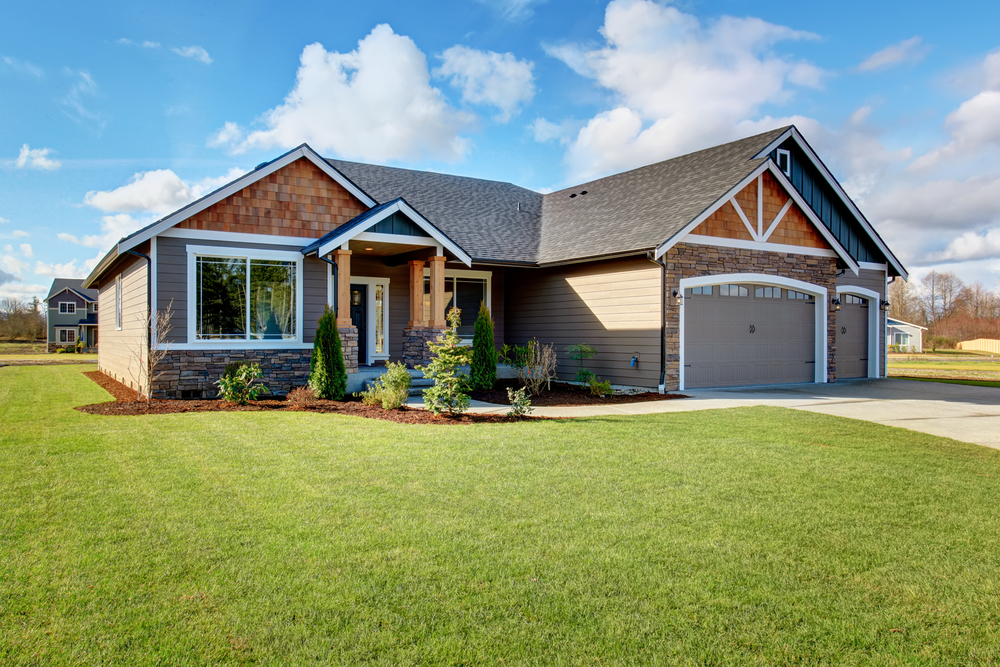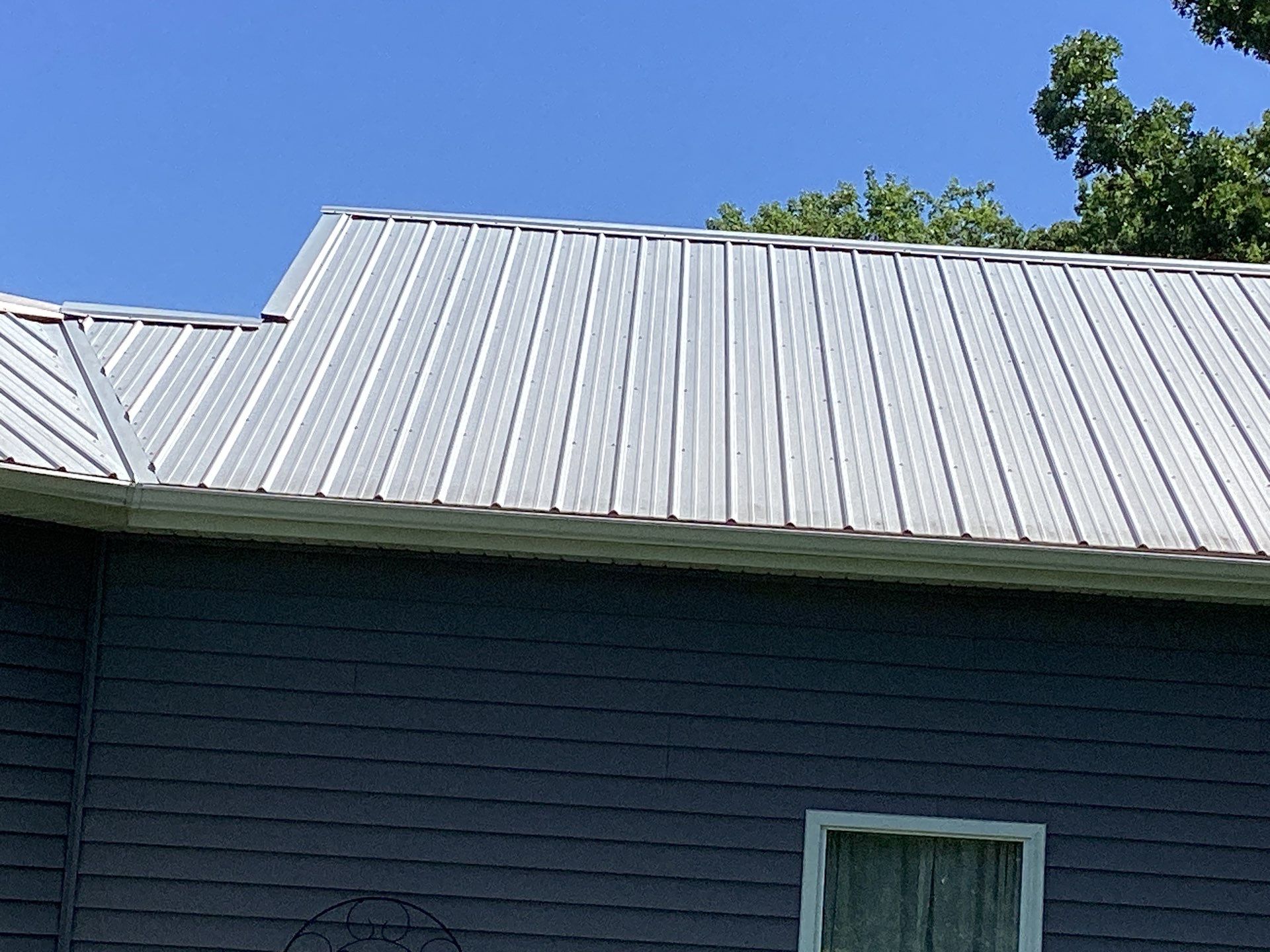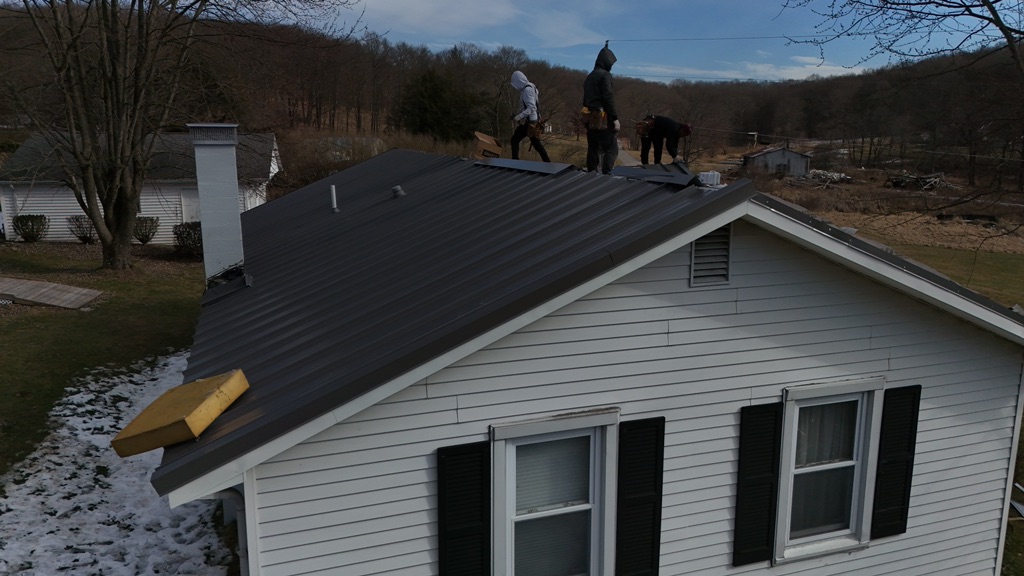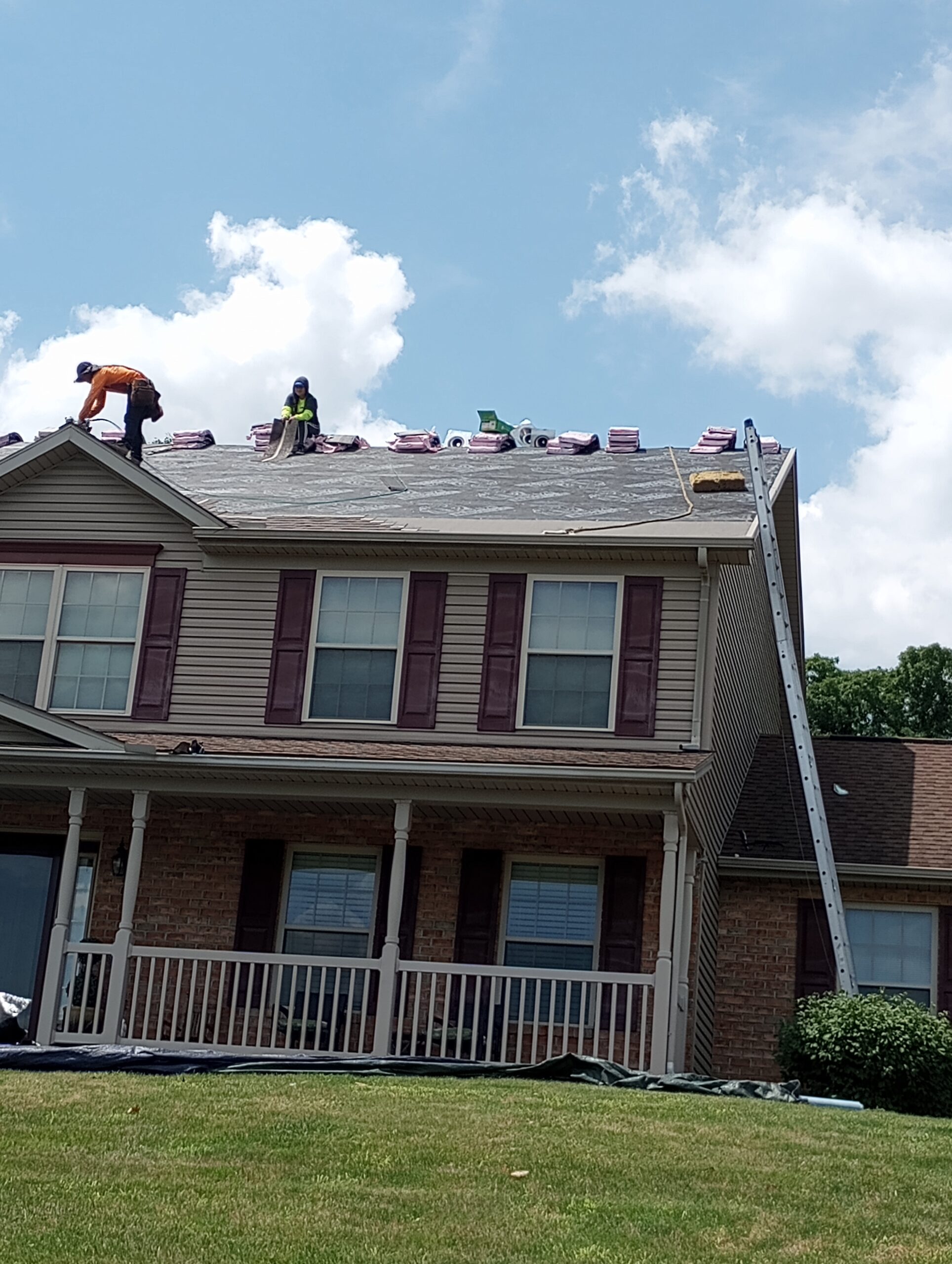Roofing is an essential part of home maintenance, and it is important to understand the common mistakes that can be made when undertaking a roofing project. Understanding the lessons from experienced professionals can help ensure that errors are avoided during projects.
This article will discuss some of these lessons on how to avoid making common roofing mistakes.
Roofing projects involve a variety of tasks with potential for error if proper precautions are not taken. The consequences of such mistakes could include additional costs to fix problems as well as additional safety risks for those working on or living in the building being worked on.
It is therefore beneficial to examine what advice experienced professionals have in order to reduce the risk of making costly and potentially dangerous mistakes.
Researching Roofing Options
When it comes to choosing the best roofing option for a home, exploring costs and comparing contractors are essential steps.
Research into local roofers can be done online or through referrals from friends, family, or colleagues who have had recent roof work completed. It is also important to take time to ask questions about their experience and qualifications in order to ensure that they are qualified and insured.
It is beneficial to compare estimates from at least three different roofers, as this allows homeowners to determine which contractor offers the best value and quality of service. During the comparison process, any differences between materials used should be taken into account when looking at cost effectiveness.
Additionally, taking note of warranties offered by each contractor can help identify those with more comprehensive coverage options. By researching all available options and selecting the right professional for the job, consumers can avoid common mistakes when investing in a new roof.

Preparing The Job Site
Having researched roofing options, the next step is to properly prepare the job site.
This begins with securing permits for any work that needs to be done. Local regulations and building codes must also be taken into account when setting up a project such as this, so it’s important to make sure all necessary paperwork has been filed before beginning any construction.
In addition to obtaining proper permits, evaluating drainage on the property is essential in order to protect against water damage or other issues. The shape of the terrain can tell you what direction excess moisture will flow off the roof and should inform where gutters are placed or if adjustments need to be made elsewhere on the site.
Taking these steps at the outset ensure a safe and successful installation process for your new roof.
Inspecting The Structure
The structure of a roof is of utmost importance when it comes to avoiding common mistakes. Identifying issues before they become major problems can help maintain the integrity and longevity of the roof.
The first step in this process is to inspect the structure from both inside and outside the home, looking for any signs of decay or damage that may have occurred over time due to weather conditions or age. Particular attention should be paid to attic ventilation as this plays an important role in preventing mold growth, heat exhaustion, ice dams and other potential issues.
Proper insulation and adequate air circulation are key elements which must be taken into consideration when inspecting the interior of the structure. It’s also important to ensure that all vents, turbines and chimneys are free from debris as these will affect airflow throughout the system if left unchecked.
Choosing The Right Materials
When selecting roofing materials, it is essential to carefully evaluate costs and review warranties. Doing so will allow homeowners to make better purchasing decisions that align with their budget constraints and long-term goals.
Additionally, considering the local climate and conditions when choosing a material can also be beneficial for ensuring longevity. Climate extremes often cause problems for certain types of materials, such as areas prone to strong winds or extreme temperature shifts.
Thus, consulting an experienced contractor who can assess what type of materials are best suited for a given area is crucial in order to ensure optimal performance over time.
All these factors should be taken into account before making any final decision. To get the most out of the project, homeowners need to do some research and gain knowledge about all the options available before investing their money.
Calculating Material Needs
Accurately calculating material needs for a roofing project is essential to avoiding common mistakes. Professionals recommend checking measurements and understanding the requirements of each specific job in order to accurately determine what materials are needed.
This means measuring twice and verifying that all calculations are accurate by triple-checking them against the specifications, ensuring any miscalculations can be caught before they become costly delays or expensive overruns.
Not only should you plan ahead but it is also important to keep track of your inventory levels during the project. Keep an eye out for supplies running low so that deliveries do not have to be made mid-job; this could cause significant disruption when working on larger projects or those with tight timelines.
Additionally, make sure there is enough leftover material at the end of the job to cover any repairs that may arise from unexpected issues such as water damage after installation or wind shear caused by severe weather.
By following these methods, professionals can ensure their clients receive quality workmanship while avoiding any costly errors along the way.

Following Safety Protocols
Safety protocols are an integral part of avoiding common roofing mistakes.
Roofers should always follow the regulations set forth by their respective industry, which includes wearing proper safety gear, checking equipment to ensure it is up-to-date and in good condition before using it, and adhering to best practices while on the job.
Taking shortcuts or making assumptions can have catastrophic results when working with a structure’s roof; therefore, having knowledge of the rules that must be followed is essential so as not to make any costly errors.
It is also important for roofers to understand that accidents happen even when proper precautions are taken. Therefore, they must stay vigilant at all times during the project and remain aware of potential risks associated with each step.
Having back up plans ready in case something goes wrong is beneficial and will help minimize damage should unforeseen circumstances arise. Furthermore, contractors should consider obtaining insurance coverage to protect themselves from liability if an issue were to occur due to negligence or other preventable causes.
All these measures combined will go a long way towards ensuring successful completion of a roofing project without common mistakes being made.
Hiring Professional Help
When it comes to roofing projects, safety protocols are crucial for a successful outcome. However, the importance of hiring professional help cannot be underestimated.
Assessing credentials is one way to ensure that any contractors hired have the necessary experience and qualifications. This involves researching their certifications, licenses, and reviews from past clients.
Interviews should also form part of the selection process as they provide an opportunity to ask questions and get a better understanding of their services.
It is important to remember that there may be several reputable companies available with competitive pricing options. As such, comparisons should be done between various contractors in order to find the best fit for the project at hand.
When making these evaluations, factors like responsiveness, product knowledge, customer service levels can all come into play when deciding who will work on your roofing project.
Additionally, depending on local regulations, liability insurance coverage might need to be verified prior to hiring anyone’s services.
Ultimately by taking these steps you can set yourself up for success when tackling a roofing job while avoiding common mistakes along the way.









